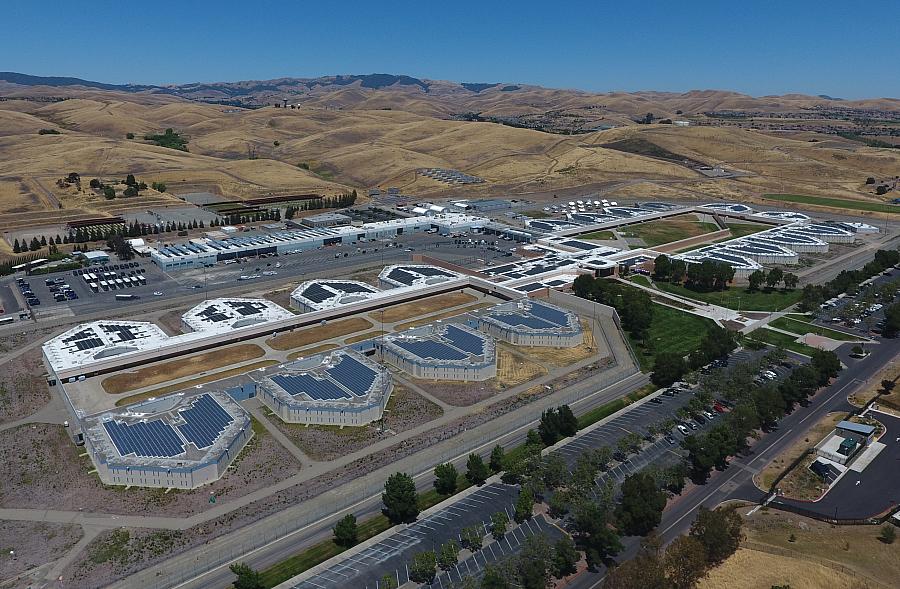What happens when California jails privatize health care?

(Photo via Wikimedia Commons)
On November 15, 2019, Cody Pettigrew, an inmate at the Butte County Jail, had a seizure so violent he fell from his top bunk onto the floor and hit his head.
Pettigrew had asked staff for his seizure medication earlier that day, but they didn’t provide it to him, according to court records. They didn’t give it to him after his seizure, either. Instead, they allegedly dragged him down a flight of stairs and locked him into a cell, where he stayed for three days without any medication or care. After he filed a formal grievance, deputies placed him in solitary confinement without his medication.
Pettigrew ended up suing the jail, several of its correctional officers and its health care provider, Wellpath. Wellpath is a for-profit company owned by the private equity firm HIG Capital that’s currently on track to become the “country’s biggest player in the correctional health care space” as the industry consolidates, according to the Private Equity Stakeholder Project. Pettigrew and Wellpath eventually reached a settlement agreement, and the case was dismissed in May.
Today, over 60% of jails outsource their health care to private companies, according to a recent Reuters investigation. Wellpath alone contracts in jails within at least 32 of California’s 58 counties, plus numerous ICE detention facilities and for-profit prisons.
Correctional health care executives say their companies provide similar services as public programs for less money. But many prison-rights advocates argue that cost-cutting incentives and lack of oversight hinder these companies’ performance — and data support their claims. A recent Reuters investigation found that jails relying on one of five leading correctional health care contractors, including Wellpath, had higher death rates than facilities using public services.
My project will dig into the world of privatized correctional health care in California, with the goal of assessing differences in outcomes between public and private health care providers. Do facilities with private health care services receive more complaints and have higher case or death rates than facilities with publicly managed health care? What standards do California counties enforce, if any, to ensure inmates receive their judicially mandated standard of health care — “adequate” care at a level “reasonably commensurate with modern medical science”? What standards should they mandate?
With this project for the 2021 National Fellowship, I hope to illuminate a system that provides health care to one of California’s most vulnerable populations — its incarcerated population, which consists disproportionately of lower-income people of color. Black people made up just 6% of the state’s population but 20% of its jail population in 2015, while Latinx people make up 38% of the state population but 41% of the jail population, according to the Vera Project.
I will first identify each California jail’s health care provider through public records and news reports. Then, using publicly available data like California Open Justice’s in-custody deaths database, I will compare correctional facilities with private and public health care along several metrics, including all-cause death rates and COVID-19 case and death rates. I will comb through lawsuits alleging medical negligence within California jails and seek out individuals to feature and interview. Finally, I will investigate how California regulates the performance of private health care providers in jails.

